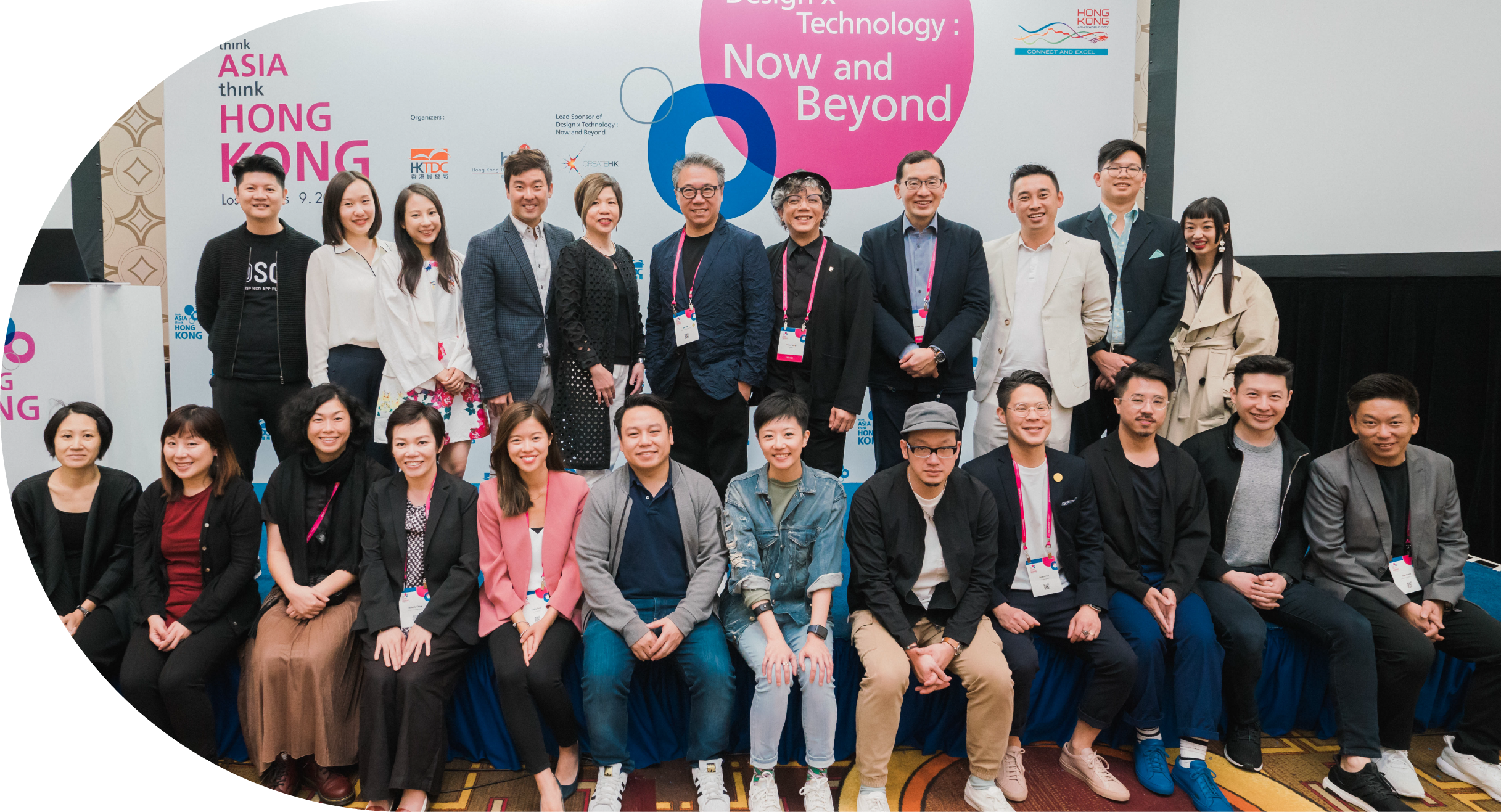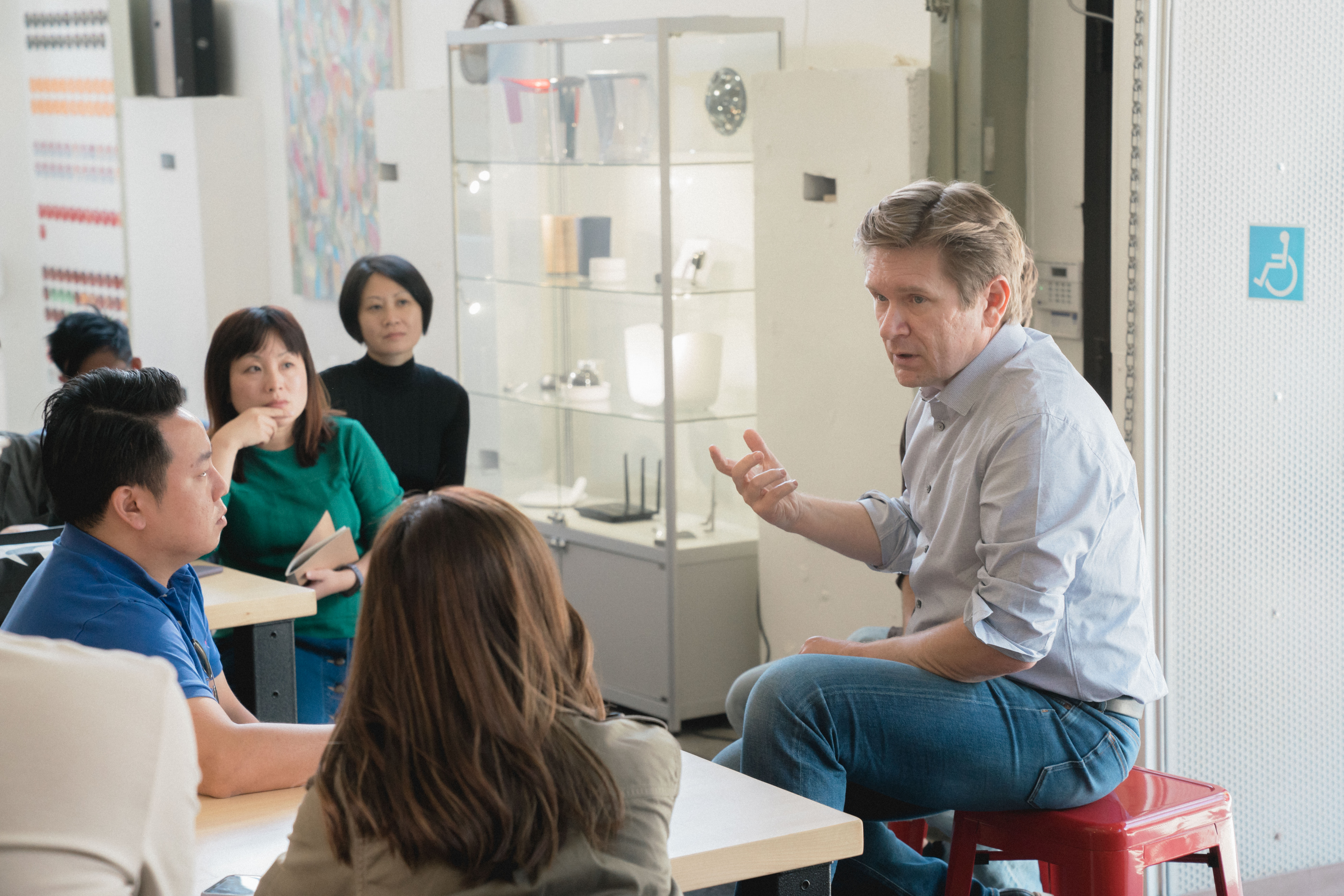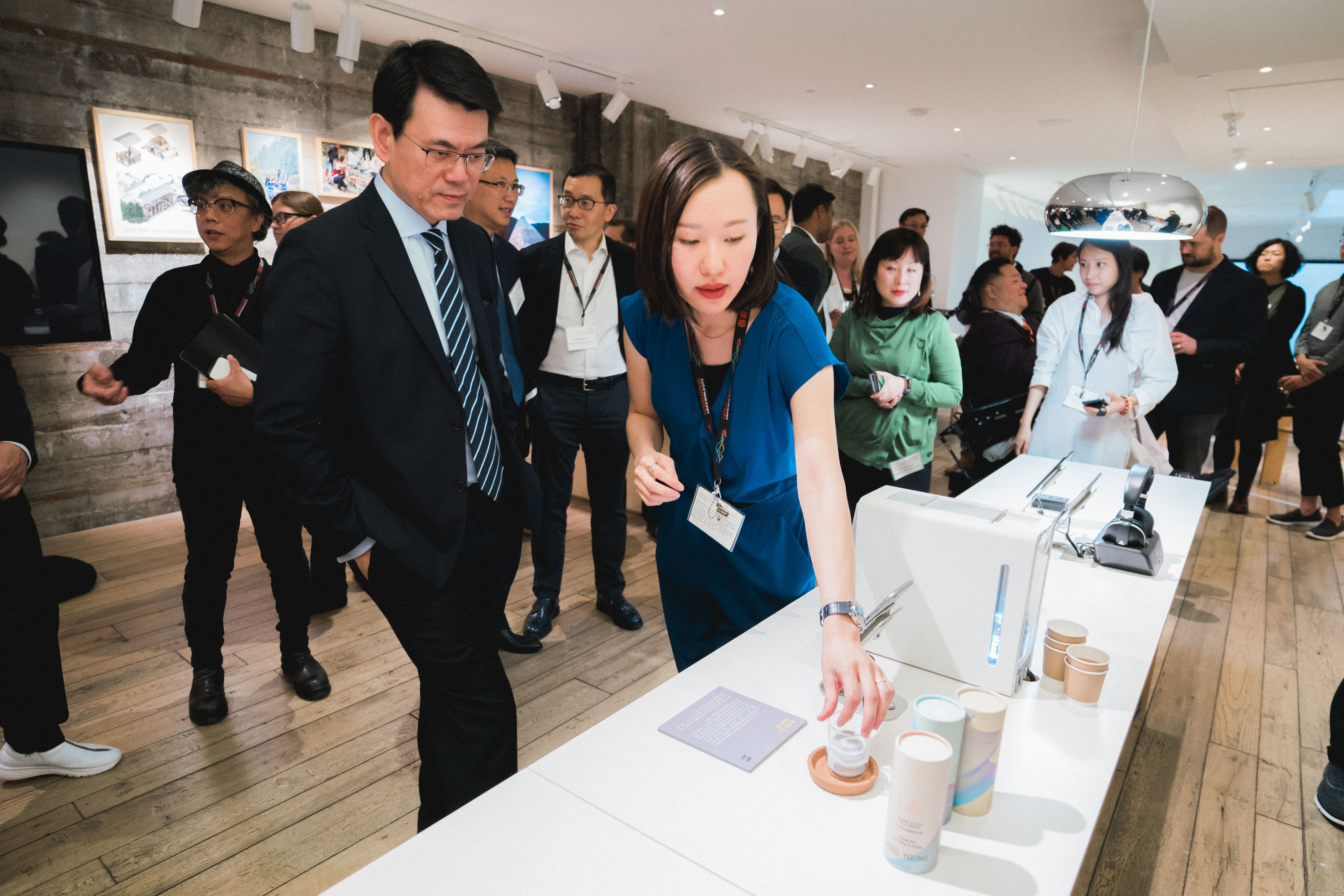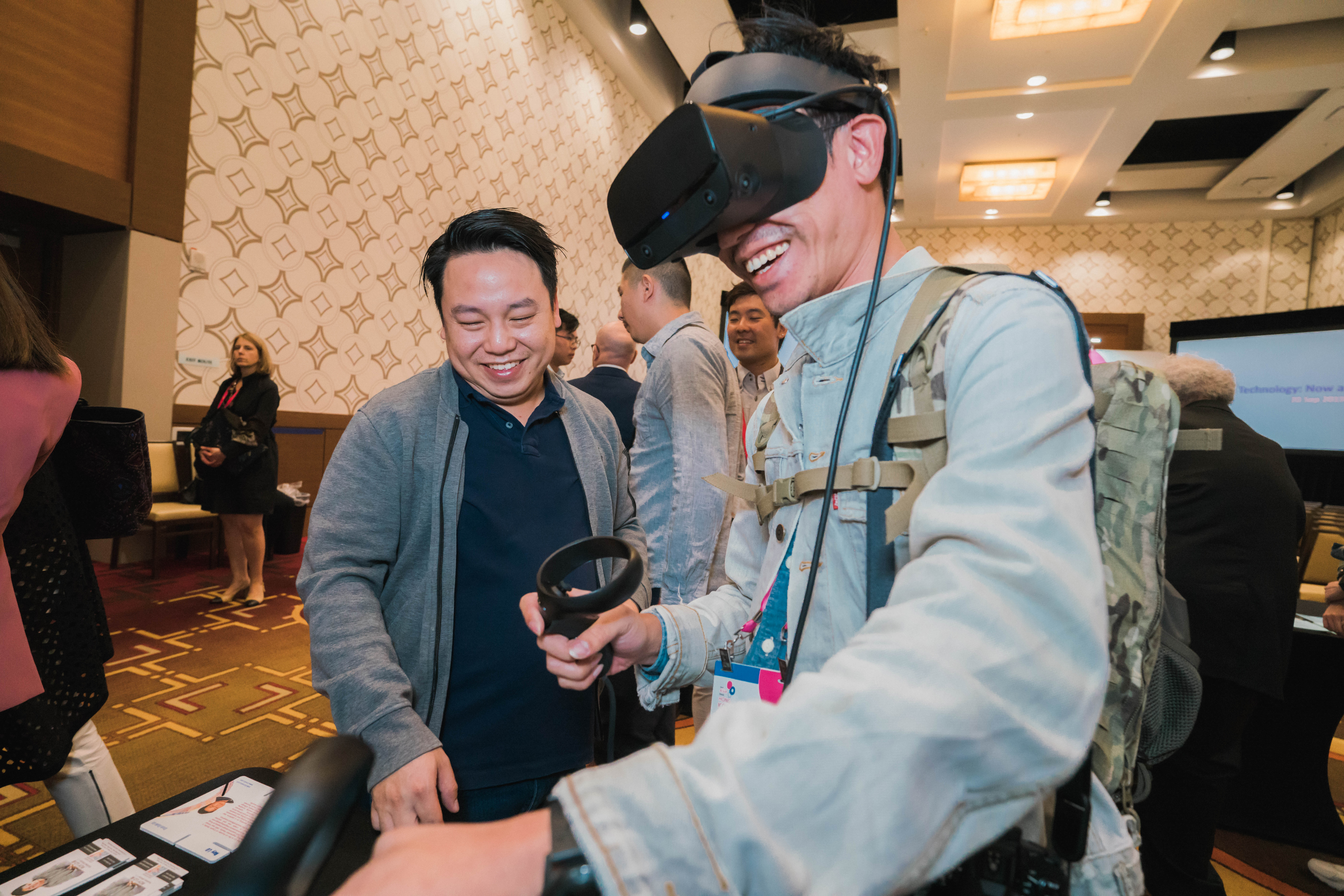DX Tour — Delving into the Tech x Design Cultures in San Francisco and Los Angeles

From smartphones to social media platforms, Silicon Valley and California design have completely changed our world in a decade’s time. Grew out of the 1960s counterculture movement, California design has revolutionised global design and business worlds with innovative thinking like design thinking and disruptive innovation. The phenomenal success of tech giants like Apple, Facebook and Google has written a 21st-century tech and business legend, drawing the world’s best talents to the West Coast in the US.

In September, a group of 12 young Hong Kong designers joined our DX Tour to San Francisco and Los Angeles, 2 major cities in California. It is the 4th trip of the DX Tour programme organised by HKDC and sponsored by Create Hong Kong which provides budding local designers with opportunities to connect with overseas design industries, this time those on the West Coast. These chances would be instrumental in expanding their vision and foster their aspirations to create global impact.

The 9-day trip had a tight itinerary covering 2 flagship Hong Kong events, ‘Co-creating Hong Kong’ exhibition in SF and ‘Think Asia, Think Hong Kong’ conference in LA, as well as a number of world-renowned design and technology enterprises and industry leaders. One can imagine how thrilled the delegates were simply from the list of visiting spots: Autodesk Gallery, IDEO, Oculus and Whipsaw in SF, and LA’s Fashion Institute of Design and Merchandising, Portals XR, Southern California Institute of Architecture, and Virtue, media company VICE’s creative agency.
“One of the key to success of the startups in the Bay Area is the marriage of design and technology.”
The delegates, coming from diverse design disciplines, tried to catch on the role of design in the epic success of the tech field on the West Coast. “Design is a key focus for many tech giants in Silicon Valley. The technology-led culture, in turn, provides new tools which open up new design opportunities,” observed Roy Lo, Co-founder and Business Director of Creote Studio , a graduated company of Design Incubation Programme. Emily Tang, Founder of Studio Doozy and a winner of DFA Hong Kong Young Design Talent Award 2015, agreed, “One of the key to success of the startups in the Bay Area is the marriage of design and technology.”
“The chance to readapt and relearn can be an exciting twist to the design process.”
So what does it mean by the design cultures in California? It is a question that can never be answered definitively, but our participants did fasten on some essential elements through their visits. Emily was much inspired by the work culture of IDEO , the creator of the first usable mouse and an early advocator of design thinking. First, their staff members come from a highly diverse range of backgrounds, “they have designers, tech experts, animators, anthropologists… It is the combined knowledge that empowers the team to create innovative and lasting user experience.” Secondly, “No one at IDEO has an assigned desk. Each project gathers a unique team with diversified skills and experience.” To places like Hong Kong where efficiency is of highest priority, this way of working is almost unheard of. But Emily thought if it is well managed, “The chance to readapt and relearn can be an exciting twist to the design process. The chemistry between new team members can allow more chances for new ideas.”
Many designers have come to grasp the importance of user-centric design in creating great products, both physical and virtual. But the extent Whipsaw Industrial Design devotes to user-centric design still amazed Roy. “They invest so much effort in the research stage to truly understand the end-users’ perspectives so that they can come up with ideas that really fit customers’ needs. ”Take their groundbreaking feeding bottles which put the bottle opening at the bottom to make it easier to fill and clean. “It solved the problems overlooked in conventional baby bottles. It seems to be a simple idea, but it comes from a lot of in-depth research and thinking.”

The win-win situation for design and technology on the West Coast gave the delegates a new lens to look back at home. The gap between tech and design in Hong Kong is now even clearer to Emily, “Many tech startups lack design thinking to make their technologies usable to people. On the other hand, we have design studios struggling to compete in global markets as they just focus on traditional design methods.” Even the design field itself needs a greater spirit of discipline-crossing, “Us designers need to start learning the importance of collaboration, respecting other design professions and opening our minds to constructive criticism.” Roy has also built a belief in the design-technology culture, “If we want to build Hong Kong into the next tech hub, design should play a key role in it.” He was also eager to apply what he had learnt, “I will dedicate more time and resources to developing a stronger design culture in my business which I believe will in turn help us create even better designs.”
Apart from putting their learnings into their design practices, the delegates will present the inspirations they found in SF and LA in an exhibition at DesignInspire , to be held in the Hong Kong Convention and Exhibition Centre from 5 to 7 December. Stay tuned!